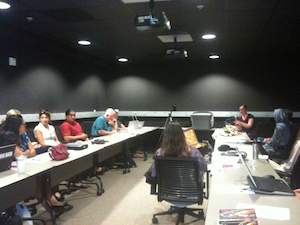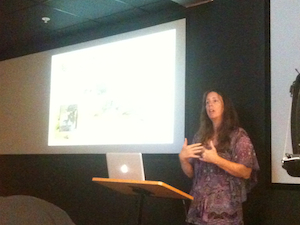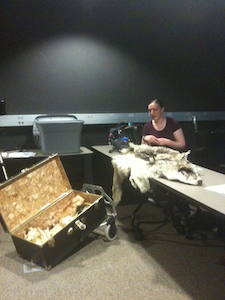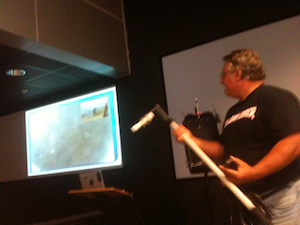|
The HPWREN LIVE workshop attendees participated in an informal survey following the meeting and everyone agreed that they are interested in participating in future LIVE activities and that they are interested in pursuing funding for continuation. The workshop was attended by the following:
Tamara Acevedo (Southern California Tribal Chairmen's Association), Diane Baxter (UCSD), Hans-Werner Braun, Pablo Bryant (SDSU), Kim Bruch (UCSD), Kisa Collins (Southern California Tribal Chairmen's Association), Nick de Roulhac (National Park Service), Kate Gordon (American Indian Recruitment Program), Amanda Gossard (National Park Service), Jim Hale (UCSD), Erin Hunt (California Wolf Center), Tehseen Lazzouni (UCSD), Jeannie Nguyen (National Park Service), Joseph Peralta (Tribal Digital Village Network), Jason Richards (NPS), Norrie Robbins (SDSU), Jeff Sale (UCSD), Kevin Schallert (National Park Service), Elisa Slee (San Juan Capistrano School District), Susan Teel (National Park Service), Roger Wynn (Mountain Empire High School)
|

|




